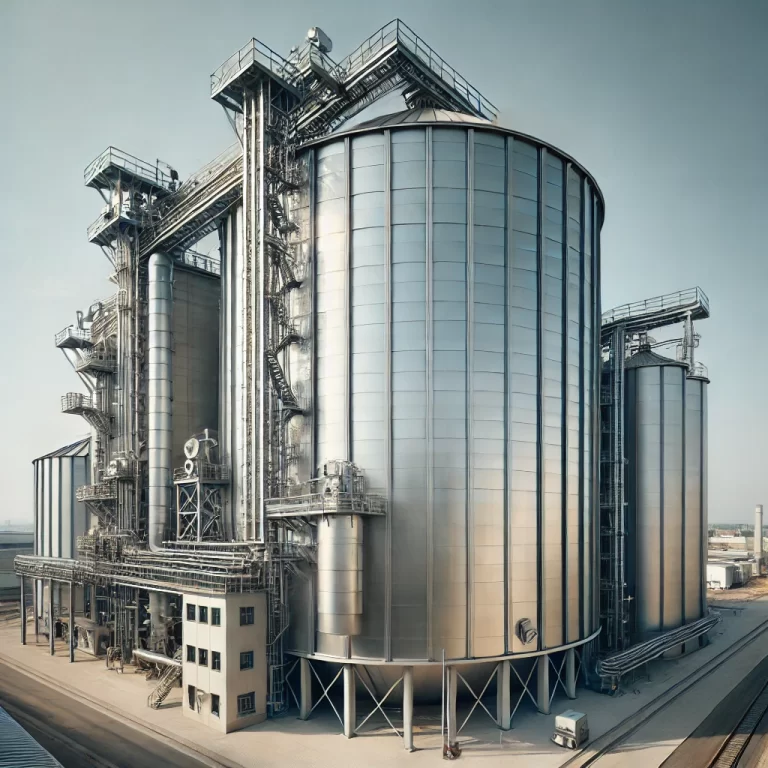As a common food raw material, accurate level measurement is essential during the production and storage of flour.
Flour silos have unique characteristics, such as high dust content and poor material fluidity, which bring challenges to level measurement.
Radar level meters are the preferred choice for flour silo level measurement due to their high accuracy and anti-interference capabilities.

The characteristics of flour silos are mainly reflected in the following aspects:
1. Dust environment: The flour silo is filled with a large number of fine dust particles, which will affect the normal operation of some traditional measurement equipment, especially those that rely on optical or acoustic principles.
2. Low dielectric constant: The dielectric constant of flour is low, which is a challenge for instruments that rely on dielectric constant differences to identify material levels.
3. Material accumulation characteristics: Flour is prone to accumulation and bridging, resulting in an uneven surface of the material, which increases the difficulty of measurement.
4. Temperature and humidity changes: The temperature and humidity in the flour silo may fluctuate with changes in the external environment, which puts higher requirements on the stability and accuracy of the measurement equipment.

In order to improve production efficiency and reduce waste, a flour mill decided to use a radar level meter to monitor the level of its large flour storage silo.
When choosing a radar level meter, the factory chose a high-frequency radar level meter suitable for dusty environments, taking into account the characteristics of the flour silo. The level meter uses advanced frequency modulation continuous wave technology, which can accurately measure the level of low dielectric constant materials and is not affected by dust, temperature and humidity changes.
During the installation process, technicians paid special attention to avoid direct exposure of radar waves to the silo wall or the supporting structure inside the silo to prevent false reflection signals. At the same time, ensure that the installation position of the level meter can cover the entire material surface for all-round measurement.
In actual operation, the radar level meter transmits microwave signals through the antenna and receives the reflected signal. Due to the low dielectric constant of flour, the reflected signal is weak, but the high sensitivity of the radar level meter enables it to accurately capture this weak signal.
Through the analysis of the signal processing unit, it can be converted into material level height information in real time. After a period of use, the flour mill found that the radar level meter greatly improved the accuracy and reliability of the measurement.
It not only reduces the frequency of manual inspections, but also enables real-time monitoring of flour storage and optimizes inventory management. In addition, due to the non-contact measurement characteristics of the radar level meter, maintenance costs and downtime are reduced, improving overall production efficiency.

Radar level meter has shown its unique advantages in the measurement of flour silo level. It not only adapts to the special environment of flour silo, but also provides high-precision and high-stability measurement results, bringing significant economic benefits and operational efficiency improvements to flour mills.
